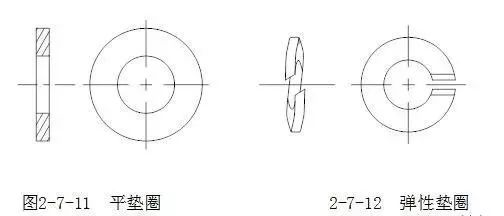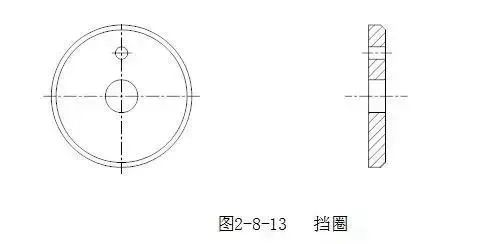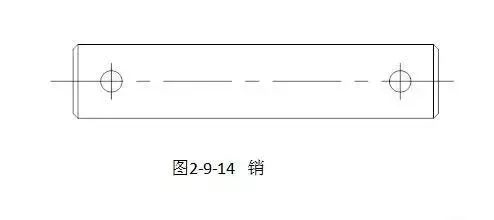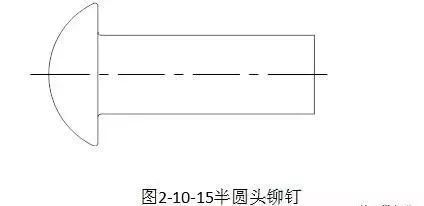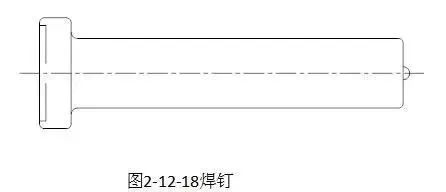(7) Washers: A type of fastener with an oblate ring shape. It is placed between the supporting surface of the bolt, screw or nut and the surface of the connecting parts, which increases the contact surface area of the connected parts, reduces the pressure per unit area and protects the surface of the connected parts from damage; another type of elastic washer, It can also play a role in preventing the nut from loosening.
(8) Retaining ring: It is installed in the shaft groove or hole groove of the steel structure and equipment, and plays a role in preventing the parts on the shaft or the hole from moving left and right.
(9) Pins: Mainly used for parts positioning, and some are also used for parts connection, fixing parts, transmitting power or locking other fasteners.
(10) Rivet: A type of fastener consisting of a head and a nail rod, which is used to fasten and connect two parts (or components) with through holes to make them a whole. This form of connection is called rivet connection, or riveting for short. It is a non-removable connection. Because to separate the two parts that are joined together, the rivets on the parts must be broken.
(11) Assembly and connection pair: assembly refers to a type of fasteners supplied in combination, such as a combination of a certain machine screw (or bolt, self-supplied screw) and a flat washer (or spring washer, lock washer); Connection pair refers to a type of fastener that is supplied by a combination of special bolts, nuts and washers, such as high-strength hexagon head bolt connection pairs for steel structures.
(12) Welding nails: Due to the heterogeneous fasteners composed of polished rods and nail heads (or no nail heads), they are fixed and connected to a part (or component) by welding so as to be connected with other parts.
Post time: Jun-06-2022

